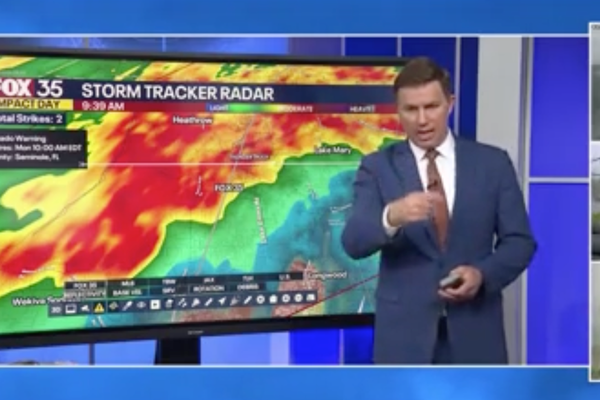
In an unprecedented air attack on Ukraine, it has been reported that nearly all major cities across the country have been targeted by missiles, resulting in a devastating death toll and widespread destruction. The assault, which marks the largest scale attack since the Russian invasion began two years ago, has left at least 26 people dead and 120 injured, according to the latest count.
Cities such as Sumy, Kharkiv, Dnipro, Kyiv, Odessa, Lviv, and Zaporizhzhia have all witnessed missile strikes, demonstrating the extent to which the country has been affected. Ukrainian President Volodymyr Zelensky has stated that his nation has been confronted with various types of weaponry, including drones, missiles, and aerial attacks that have targeted multiple locations.
Experts examining the events of last night have identified a strategic approach taken by Russia to overwhelm Ukraine's air defense systems. The assault began with 36 drones arriving from different directions, followed by an onslaught of 18 strategic bombers armed with cruise missiles. During this time, long-range bombers, MiG-35s equipped with hypersonic missiles, and surface-to-air missiles were also deployed. Notably, the strategic bombers launched a staggering 90 cruise missiles at Ukraine.
Ukraine, heavily reliant on support from the United States and European allies for funding and munitions, managed to shoot down 114 out of the 158 missiles fired, but it is the 44 that got through which have contributed to the significant loss of life and destruction. The casualty toll could have been even higher if not for the Ukrainian air defense systems successfully intercepting several missiles.
As the conflict rages on, concerns are rising about the sustainability of Ukraine's ammunition supplies. The limited financial backing and delayed aid from the United States and European Union have forced Ukrainian forces to ration and conserve ammunition. With uncertainty surrounding future attacks and depleted supplies, Ukrainian officials must strategize on how many missiles they can afford to intercept, while also considering the potential consequences of a prolonged conflict on the country's critical infrastructure.
As this brutal winter continues to grip the region, many fear the consequences of an extended conflict without proper heating, water, and electricity, especially considering the vulnerability of Ukraine's electricity grid network, which suffered substantial damage in previous attacks.
The situation remains precarious as the world watches to see what steps Russian President Vladimir Putin will take next. With the upcoming elections in Russia, these recent developments raise concerns about the potential escalation of hostilities. As the conflict drags on, the people of Ukraine are left bracing themselves for a cold and difficult winter, awaiting further clarity on the situation and hoping for a respite from the violence.




![Nevada Math Prof Alleges Discipline for "Voic[ing] Concerns About … the Math Department … Lower[ing] Its Curriculum Standards"](https://images.inkl.com/s3/publisher/cover/212/reason-cover.png?w=600)


